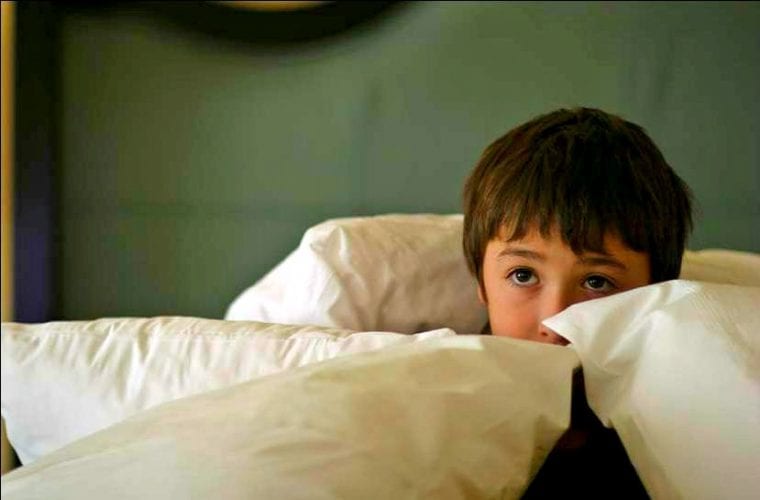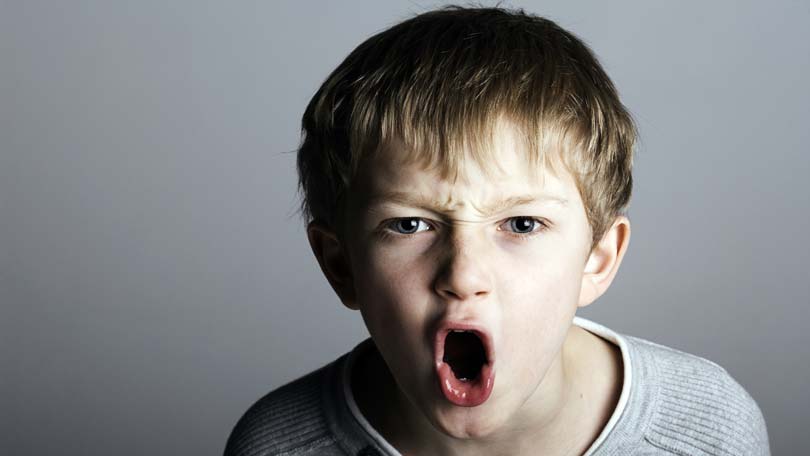How Lucky Kids teachers deal with aggressive children, children with mild mental disorders and problems, closed and difficult contact children, children with fear, violent children
Problem children or children with a problem
The first clarification I make, as a professional in child education, is that there are no problem children – there are children with a problem that has not been given the necessary attention in time. Unfortunately, in our time, children are exposed on a daily basis to all kinds of suggestions through our culture and way of life.
What I mean?
- It is not a problem child who takes his dose of cartoon TV or aggressive games with murders and shootings every day.
- It is not a problem child who closes every day because he is bullied by classmates, peers or even adults.
- It is not a problem child who has his fears as a result of his first contact with an activity, people or a place where he has not received support and proper navigation.
- It is not a problem child who is overactive or violent because he or she has most likely witnessed this type of behavior before or has a difficult family history.
It is very important to clarify that we, as professionals in LuckyKids, are not healers, we help young people to understand the mistakes in their behavior, their consequences, by offering an alternative solution that we find together with the child.
At LuckyKids, we follow the Camp Regulations without fail, which describes the rights and obligations of campers, as well as the consequences in case of violation.
Usually, children are responsible enough and follow these rеgulations.
In support of affirmation good behavior, we work with children by learning, clarifying, and exercising various human virtues. This work for us is preventive – when a person has an understanding of what is right and what is wrong, for him decision-making is easy and accurate.
In our daily lives, there are situations in which children, who are still building emotional and behavioral control, cannot control their initial reaction – they come into conflict or take aggressive action. It is at this point that the teacher or animator enters the role with a deterrent, corrective, giving a choice for a better solution action.
Aggressive children and behavioral decisions
In my practice, I avoid using the word “cope with a child”. We can’t handle him, we help him. The point of view is important for the professional. All children are good, there are those who do not make the right decisions for certain reasons. It is important to find out these reasons.
Aggression has its underground, invisible roots:
- accumulated anger due to a long-experienced case
- incident with unauthorized end
- wrong relationships
- peer conflict
- forcible imposition of disciplinary sanctions in the family / school / institution
- incorrectly created and unnavigated competition and others
Aggression can also be related to the child’s temperament, with some climbing the ladder of anger in a matter of seconds, others need more time. The important thing is to give the child the tools with which he can control his reaction. When it learns to handle them – then we have all won.
It is no coincidence that emotional control is considered one of the highest skills in humans – it takes a lot of time and patience to build it.
Types of aggression
Physical harassment
It is the most common and most obvious, so it is not difficult to see and resolve.
This type of aggression includes:
- pushing
- collision
- pinching
- stumbling
- crack
- hitting
- throwing objects at the child
- beating
- kicking
- systematic violation of personal space, etc.
Spoken harassment
This type of aggression includes:
- calling with offensive names
- mockery of the child
- mockery of the child’s relatives or friends
- offensive comparisons
- humiliation, etc.
Emotional harassment
This type of harassment is more difficult to detect and is usually not easy to identify, especially by a non-professional. The child may be subjected to such excruciation for a long time and may not realize what is wrong, respectively, may not be able to complain and seek help.
Emotional harassment is a kind of humiliation of a person, his systematic exclusion from the group, his separation from everyone else, taking away friends. It is usually the work of a child with a sense of superiority or a child leader. Emotional harassment can also be exercised by a group of children.
Prevention
Prevention is extremely important. Protecting children from entering territory that leads to aggression.
How do we do that?
Of course, this is not magic, but professional experience. It is enough for a teacher to look at children playing for a minute to be able to determine where a conflict could arise. The signals are usually invisible at first look:
- seizure of a foreign object
- scratching in the other’s notebook
- taking a toy
- push
- pinching or insulting, although accidental intrusion into personal space, etc.
Right at this moment, it is important for the teacher / animator who is with the child to pay attention to the wrong behavior without criticizing the child’s personality. If the teacher told the child: “You know that the rule is to stay away from each other and if you keep pushing him, you will be excluded from the game!”, he prevented the further development of the conflict.
The best possible option is for the teacher to give his student key anger management practices such as:
- breathing
- counting to 10
- walk outside the conflict zone
- drinking water and others
In our camp, according to the observations of teachers and animators, only campers who repeat their wrong actions after the first remark and do not improve their behavior are punished.
What do we do with repeated aggressive actions?
We, as professionals at LuckyKids, take extremely strict measures in case of aggressive behavior, which continues and does not improve after the first remark.
This is followed by isolation of the violator, conversation with the head of the camp and in case of a very serious violation or recurrence – expulsion from the camp. In this process, teachers, management and parents work together.
Mental deviations and actions
According to the health card of each child, the information that describes his health should include peculiarities of behavior, in case he has mental peculiarities. Although rare, children came to the camp whose parents were not fully aware of their difference, as it was in a milder form.
For example: many children have neuroses that are behavioral and mild, do not need treatment, sometimes disappear during growth. These are various fears, attachments to a certain object or a routine action that brings security to the child.
It should be noted that away from home, the child is much more likely to develop them, as these are usually protective mechanisms and it is important for him to feel safe. To rely on the fact that professionals will not notice them and the child “will be fine” is a misconception.
It is important to tell about them so that we are well prepared and the child receives understanding and timely support.
What are we doing?
In our camp we have received children with fear of the dark, fear of heights, nocturnal urination, nocturnal walking, hyperactivity and others that are not something fatal, but rather a personal topic that we delicately discuss with the child to make him he felt at ease that he could seek help and support.
- Children with fears receive more individual attention in the difficult parts of the day. There is an adult with them, they have an extended bedtime routine (reading, talking).
- Children with fears of heights have a choice whether to engage in appropriate activities that require standing high.
- Children with hyperactivity get more space for their expression, they are given a variety of tasks and responsibilities, as they are usually one of the first to be ready in the group.
We make sure that this behavior does not lead to ridicule, emotional and verbal abuse of the child.
For us, the health and life of the campers is the most important priority.

Closed children who have difficulty making contact
Here I would like to mention introverted children, who generally have difficulty growing up in today’s extroverted world. We are talking about those quiet, eternally dreamy and distracted children who “are not present here and now”. This is just a scam.
On the contrary – they are awake, interested in everyone and everything, carry great curiosity and dream of having friends. They have a rich inner world and do not like large crowds of people or children, noisy places and activities, power sports and all activities in which they must be the center of attention. That’s how they are arranged.
Support
In these cases, our professionals start working with the closed child to help him gain new confidence. Sometimes he is given the task of getting involved with a group of extroverted children or a leader so that he can realize his own strength and skills. Introverts are often the brains of a task or project – they give interesting ideas and have a unique point of view.
It is the teacher who invisibly helps this child build self-esteem. Once this is achieved – the other children suddenly “see” and see the introvert with new eyes. They notice him and many of them want to be his friends. Our goal is to put these children next to others and give them the opportunity for equal expression.
Children with different fears
In the health survey, which is part of the documents of each camper, filled in by the parent, it is necessary to indicate available fears, such as heights, narrow spaces, insects and others.
In some of our outdoor activities, we include hiking, access to horses or other animals, insects (which are everywhere in nature), crossing water pools, etc.
We treat the children’s fears very carefully, and all the camp staff is familiar with them in order to respond adequately.
The most common are fears of the dark and being alone at night – in such cases, the child’s animator or teacher attends his bedtime routine, reads a story or talks to him to bring the necessary calm and protection, so needed by the kid.
At LuckyKids, we work daily with children to improve their perception of the world as a good and safe place. We strive to organize the safest environment for them, in which they feel minimal lack of home and in which they can be protected, safe and happy throughout their stay.
